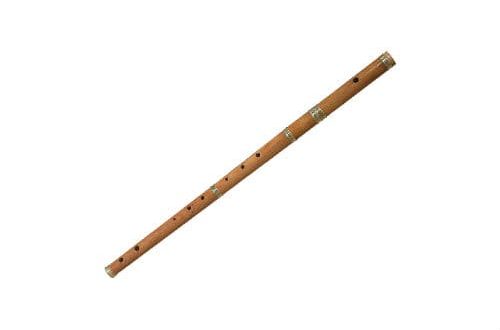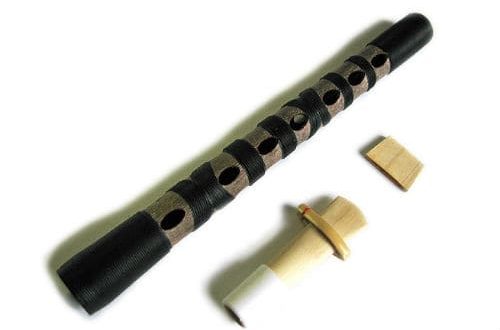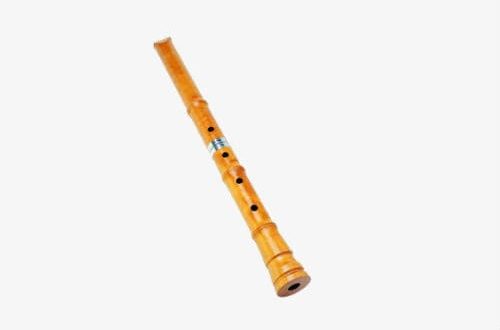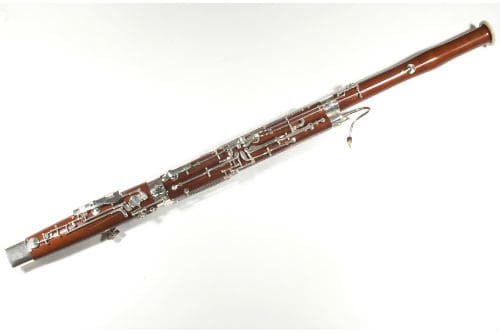
Bassoon: what is it, sound, varieties, structure, history
Contents
The exact date of the birth of the bassoon has not been established, but this musical instrument definitely comes from the Middle Ages. Despite its ancient origin, it is still popular today, it is an important component of symphony and brass bands.
What is a bassoon
Bassoon belongs to the group of wind instruments. His name is Italian, translated as “bundle”, “knot”, “bundle of firewood”. Outwardly, it looks like a slightly curved, long tube, equipped with a complex valve system, a double cane.

The timbre of the bassoon is considered expressive, enriched with overtones throughout the entire range. More often, 2 registers are applicable – lower, middle (upper is less in demand: notes sound forced, tense, nasal).
The length of an ordinary bassoon is 2,5 meters, weight is approximately 3 kg. The material of manufacture is wood, and not any, but exclusively maple.
The structure of the bassoon
The design consists of 4 main parts:
- lower knee, also called “boot”, “trunk”;
- small knee;
- big knee;
- dismemberment.
The structure is collapsible. The important part is the glass or “es” – a curved metal tube extending from the small knee, resembling S in outline. A double reed cane is mounted on top of the glass – an element that serves to extract sound.
The case is equipped with a large number of holes (25-30 pieces): by alternately opening and closing them, the musician changes the pitch. It is impossible to control all the holes: the performer directly interacts with several of them, the rest are driven by a complex mechanism.
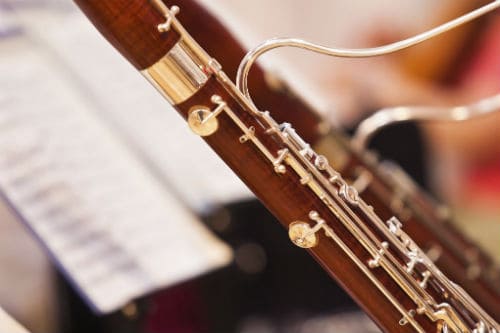
sounding
The sound of the bassoon is quite peculiar, so the instrument is not trusted for solo parts in the orchestra. But in moderate doses, when it is necessary to emphasize the nuances of the work, it is indispensable.
In a low register, the sound resembles a hoarse grunt; if you take it a little higher, you get a sad, lyrical motive; high notes are given to the instrument with difficulty, they sound non-melodious.
The range of the bassoon is approximately 3,5 octaves. Each register is characterized by a peculiar timbre: the lower register has sharp, rich, “copper” sounds, the middle one has softer, melodious, rounded ones. The sounds of the upper register are used extremely rarely: they acquire a nasal coloration, sound compressed, difficult to perform.
History of the tool
The direct ancestor is an old medieval woodwind instrument, the bombarda. Being too bulky, complex in structure, it made it difficult to use, it was divided into its component parts.
The changes had a beneficial effect not only on the mobility of the instrument, but on its sound: the timbre became softer, more gentle, more harmonious. The new design was originally called “dulciano” (translated from Italian – “gentle”).
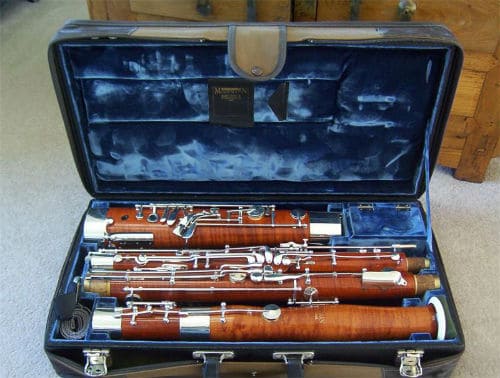
The first examples of bassoons were supplied with three valves, in the XVIII century the number of valves increased to five. The 11th century is the period of maximum popularity of the instrument. The model was again improved: XNUMX valves appeared on the body. The bassoon became a part of orchestras, famous musicians, composers wrote works, the performance of which involved his direct participation. Among them are A. Vivaldi, W. Mozart, J. Haydn.
The masters who made an invaluable contribution to the improvement of the bassoon are bandmasters by profession K. Almenderer, I. Haeckel. In the 17th century, craftsmen developed a XNUMX-valve model, which later became the basis of industrial production.
An interesting fact: originally maple wood served as a material, this tradition is unchanged to this day. It is believed that the bassoon made of maple is the best sounding. The exception is educational models of music schools made of plastic.
In the XNUMXth century, the repertoire of the instrument expanded: they began to write solo parts, concertos for it, and included it in the symphony orchestra. Today, in addition to classical performers, it is actively used by jazzmen.
Varieties of bassoon
There were 3 varieties, but only one type is in demand by modern musicians.
- Quartfagot. Differed in the increased sizes. Notes for him were written as for an ordinary bassoon, but sounded a quart higher than written.
- Quint bassoon (bassoon). It had a small size, sounded a fifth higher than the written notes.
- Contrabassoon. Variant used by modern music lovers.
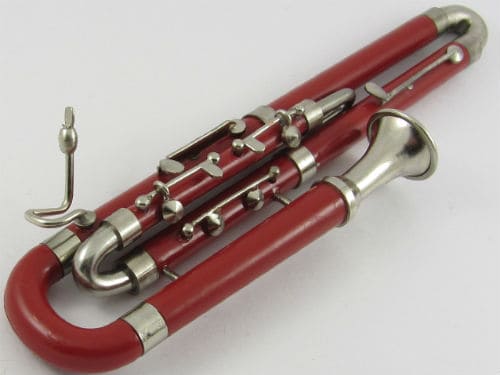
Play technique
Playing the bassoon is not easy: the musician uses both hands, all fingers – this is not required by any other orchestral instrument. It will also require work on breathing: alternation of scale passages, the use of various jumps, arpeggios, melodic phrases of medium breathing.
The XNUMXth century enriched the playing technique with new techniques:
- double stokatto;
- triple stockatto;
- frulatto;
- tremolo;
- third-tone, quarter-tone intonations;
- multiphonics.
Solo compositions appeared in music, written specifically for bassoonists.
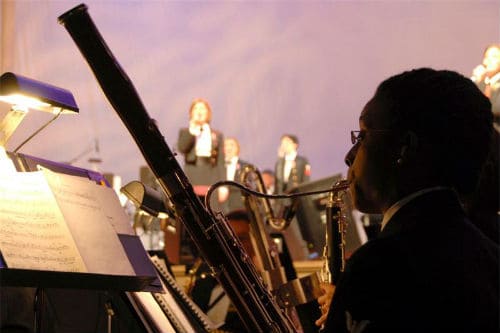
Famous Performers
The popularity of the counterbassoon is not as great as, for example, the pianoforte. And yet there are bassoonists who have inscribed their names in the history of music, who have become recognized masters of playing this difficult instrument. One of the names belongs to our compatriot.
- V.S. Popov. Professor, art historian, master of virtuoso playing. He has worked with the world’s leading orchestras and chamber ensembles. Raised the next generation of bassoonists who achieved outstanding success. He is the author of scientific articles, guidelines on playing wind instruments.
- K. Thunemann. German bassoonist. For a long time he studied playing the piano, then became interested in the bassoon. He was the principal bassoonist of the Hamburg Symphony Orchestra. Today he actively teaches, conducts concert activities, performs solo, gives master classes.
- M. Turkovich. Austrian musician. He reached the heights of skill, was accepted into the Vienna Symphony Orchestra. He owns modern and ancient models of the instrument. He teaches, tours, makes recordings of concerts.
- L. Sharrow. American, chief bassoonist of the Chicago, then the Pittsburgh Symphony Orchestras.
The bassoon is an instrument little known to the general public. But this does not make it less worthy of attention, rather, on the contrary: it will be useful for any music connoisseur to learn more about him.



